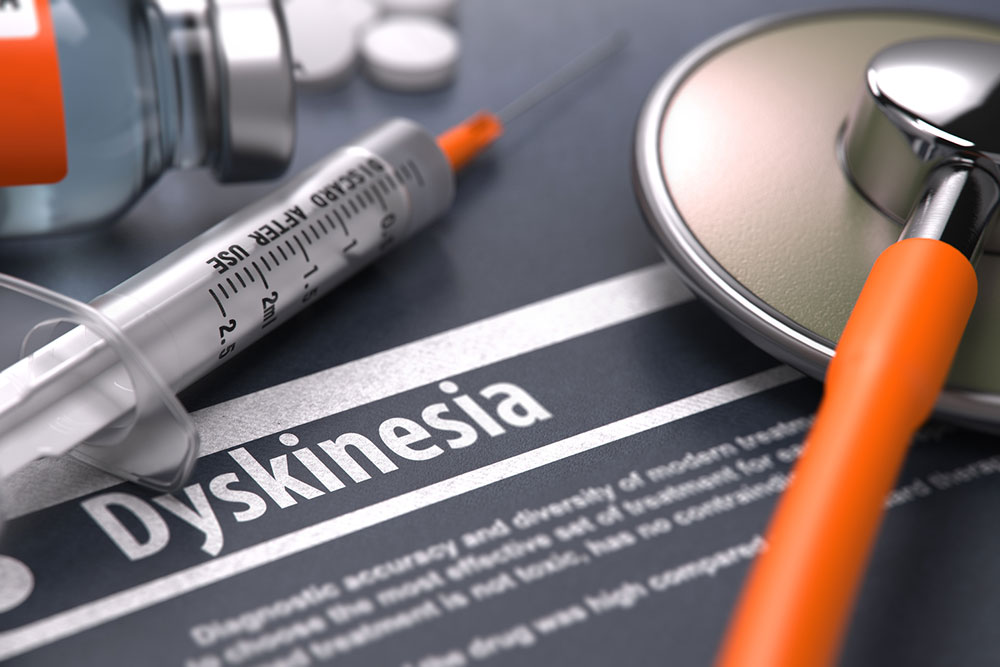
Ways to manage and treat dyskinesia
The condition of dyskinesia refers to movement disorders of the human body. Based on the types or symptoms of dyskinesia, it can affect the entire body or specific body parts such as an arm or head etc. Dyskinesia can lead to mild or severe pain and hamper regular body functions too. The symptoms of this disease are commonly seen in patients with Parkinson’s disease. This occurs due to long-term levodopa treatment.
Treatment and management of dyskinesia
The body movements due to dyskinesia can be jerky, uncontrolled and sudden. Such uncontrolled movement can occur across the legs, face, arms and upper half of the body. Based on the cause and critical feature of dyskinesia, the movements may vary from patient to patient. Some experience uncontrolled movements all day long, while others experience such movements during specific situations such as before or after taking medicines.
Adherence to the below tips can help in getting relief from dyskinesia.
- Stay active
If you are a patient of dyskinesia and Parkinson’s disease, physical activities can help a lot. Regular indulgence in physical activities improves the flexibility and balance of your body. It builds strength and can help you to walk stably. Further, regular exercise helps in controlling the uncontrolled body movements and tremors. It is wise to consult your doctor regarding the kind of physical activities best for you. Based on the state of your health, your doctor may prescribe activities such as walking, tai chi, aerobic or dancing. - Reduce stress
Stress is the biggest enemy of dyskinesia as it makes the symptoms worse. Hence, relaxing is the key to reduce the uneasiness caused by this condition. To have a relaxed mind and body, you can read books, try yoga or massage or talk to your loved ones. See what is working for you and make it a daily habit, to reduce the symptoms of dyskinesia. - Changes in Levodopa
To reduce the symptoms dyskinesia, sometimes a doctor may also change the quantity or amount of medicine you usually consume for the treatment of Parkinson’s disease. Further, the doctor may also reduce the daily doses. Such changes can sometimes help in the reduction of symptoms of dyskinesia. If Levodopa is making the symptoms worse, your doctor may also prescribe other medicines to treat Parkinson’s. The medicines such as MAO-B inhibitors or COMT inhibitors are less likely to trigger movement issues and thus reduce the symptoms of dyskinesia. However, these medicines may lead to symptoms such as hallucination and nausea. - Regulate your diet
Certain foods affect the working of Parkinson’s medicines and do trigger the symptoms of dyskinesia. For example, among certain patients, proteins like dairy products, beans, and meat slow down the absorption of levodopa in the body. - Surgery
If the symptoms of dyskinesia are serious and very critical, doctors also suggest surgery-based treatments. The surgical procedure is known as deep brain stimulation (DBS). It is adopted for patients who have been receiving more than four years of medicinal treatments for Parkinson’s and when the symptoms are still out of control.
Dyskinesia can be managed and treated successfully with careful lifestyle changes and regular medications as prescribed by your doctor.


